In 1929 the Great Depression changed the face of economics. The Classical doctrine which had pervaded the subject, almost unopposed since 1776, shuddered to a grinding halt. In the years that followed the market failed to clear. Savings and investment did not equilibrate. British economist John Maynard Keynes, whose popularity had soared during the 1920s following publication of his Economic Consequences of the Peace, was not immune to this criticism. In response to changing his position on monetary policy, Keynes is alleged to have said “When my information changes, I alter my conclusions. What do you do, sir?” This was later paraphrased to the more popular "When the facts change, I change my mind. What do you do, sir?"
On the 9th of May 2013 it was announced that David Moyes would become manager of Manchester United. In order to avert possible early instability, the Old Trafford hierarchy offered the former Everton boss a six year contract. A classic example of what economists refer to as a commitment mechanism; a freely made decision designed to constrain oneself in the future.
One of the most famous examples of this is the pact Ulysses made with his sailors, as they approached the Sirens of Anthemoessa. Ulysses desired to hear the Sirens' song. However, he knew that doing so would render him incapable of rational thought. To avoid this, he poured bees wax into the ears of his sailors rendering them deaf, and proceeded to tie him to the mast of his ship so that he could not jump overboard upon hearing the song. He ordered his sailors not to change course and to stay armed in case he should break free. When Ulysses heard the Sirens’ song legend has it that he was driven momentarily mad and tried to break free of his bonds. However, his commitment mechanism worked and he escaped harm.
Unfortunately, for Manchester United a lot has changed since David Moyes took over. United will not be playing in the Champions League next season (unless they win the trophy this year). The champions could equal Blackburn Rovers' record of the worst defense of a league title (7th place finish). In fact, the manager’s former team (Everton) could finish above the Red Devils for the first time in Premier League history. Home form has been appalling and a growing number of senior players now seem set to leave the clubs. One year on, Old Trafford looks a very different place.
A year ago, David Moyes was considered a positive appointment by most. Since then the many of the facts have changed. Keynes would probably have changed his mind on Moyes’ appointment. Will the board do the same?
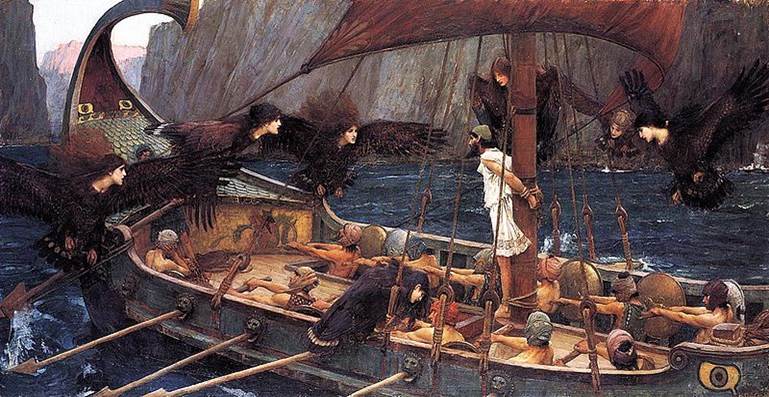
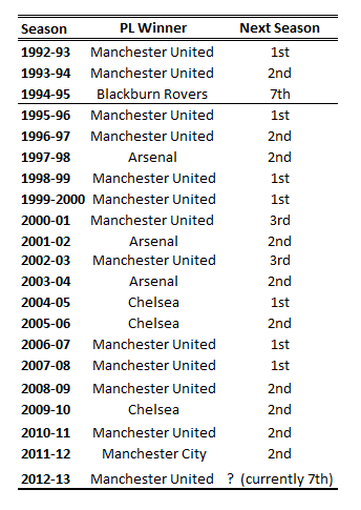
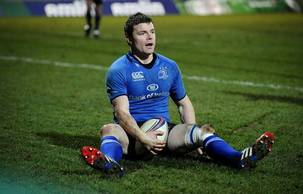
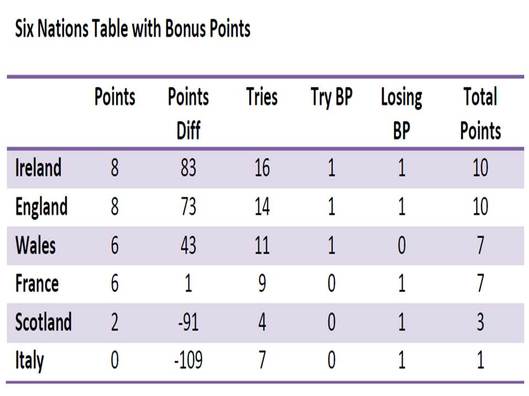
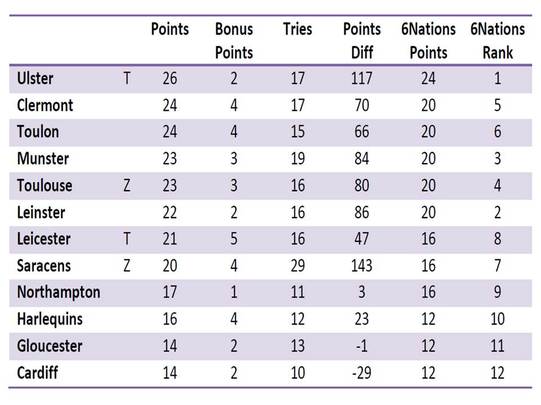
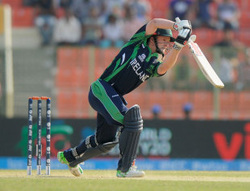
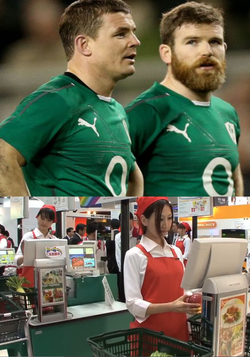
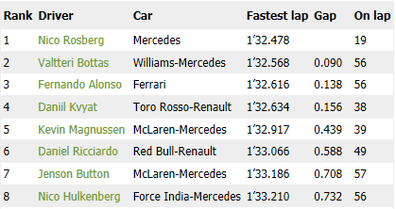
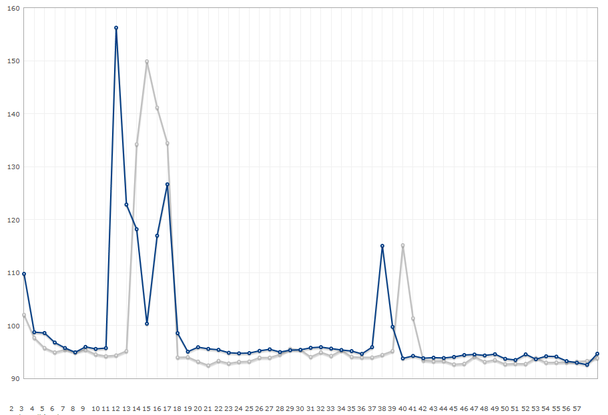
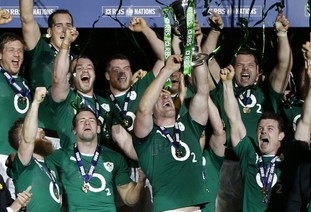
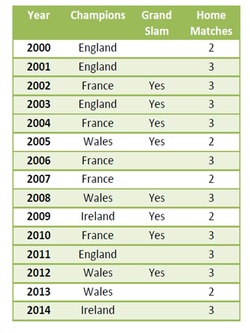
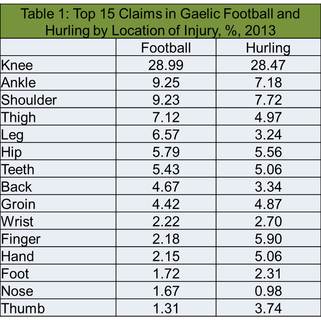
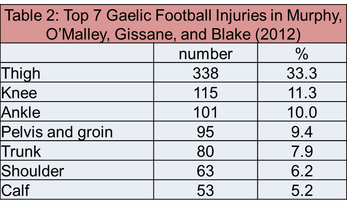
 RSS Feed
RSS Feed